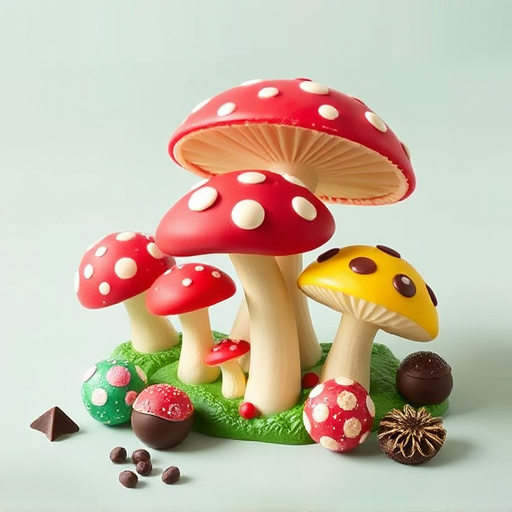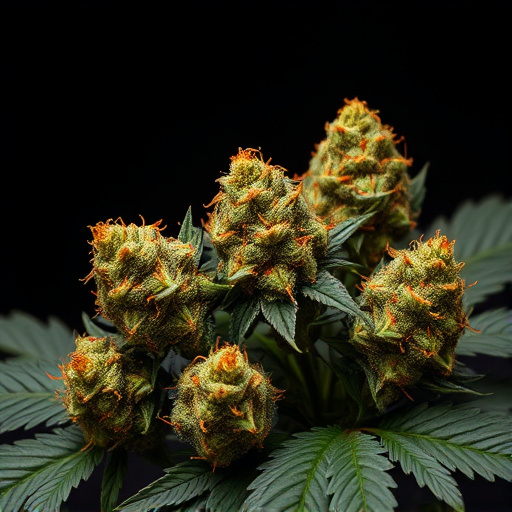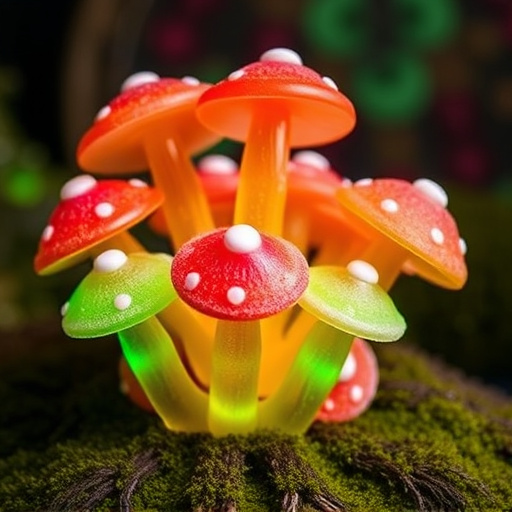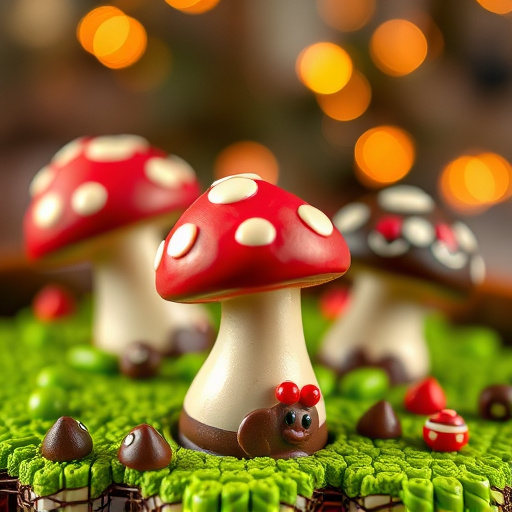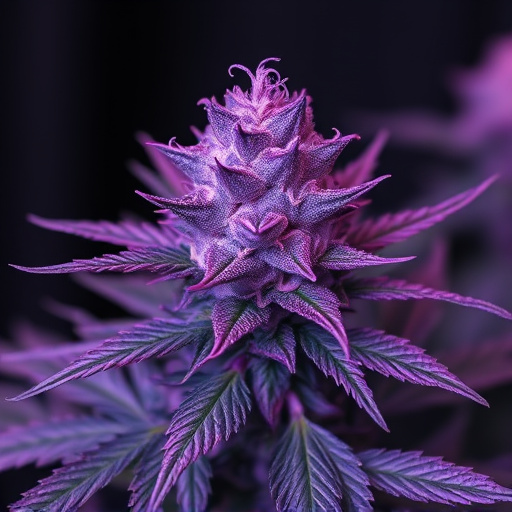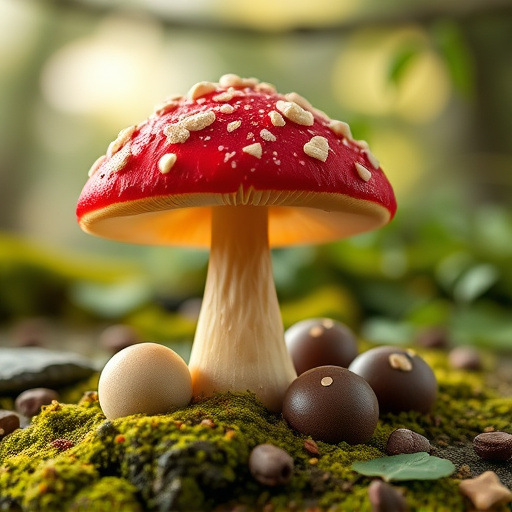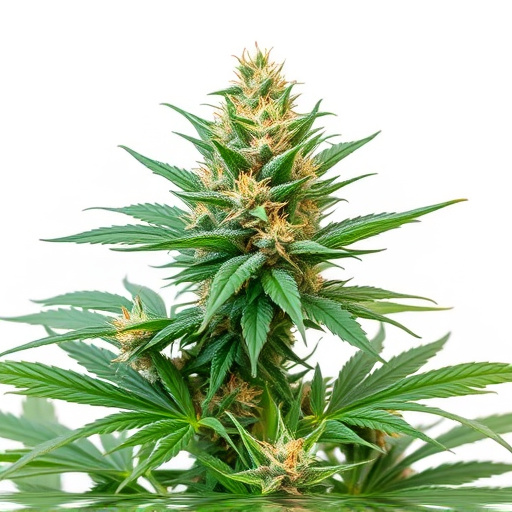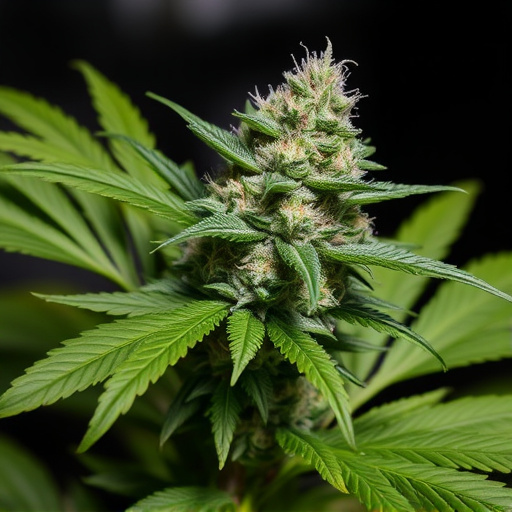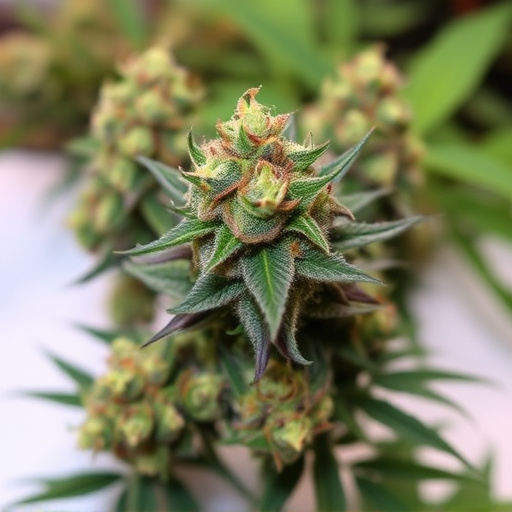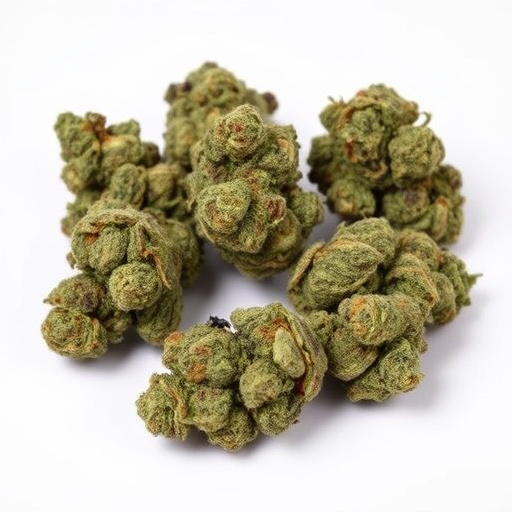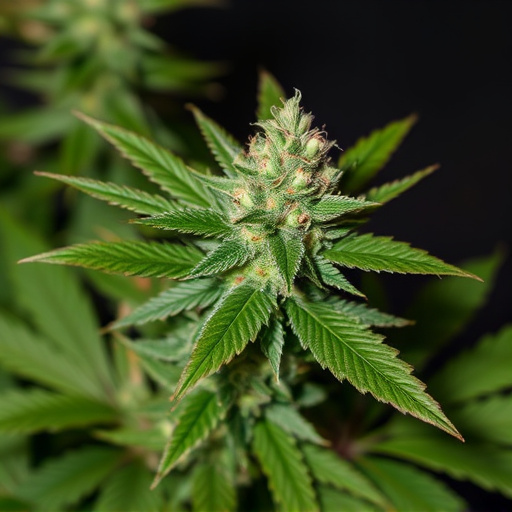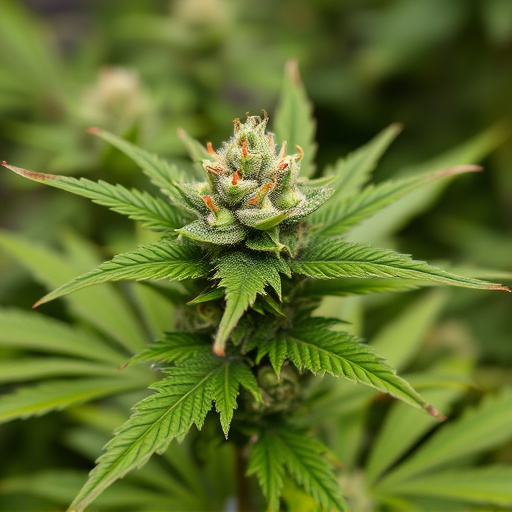Jamaican weed strains are renowned for their distinct aromas due to a complex interplay of terpenes (aromatic compounds) and cannabinoids, particularly THC and CBD, creating unique scent profiles. These terpenes, like myrcene with sedative effects, contribute to scents like skunk and diverse flavor notes, allowing cannabis enthusiasts to choose strains based on their aromatic preferences. Jamaica's tropical climate and rich soil foster a wide array of terpene profiles, resulting in earthy, woody, fruity, and citrusy scents that enhance the smoking experience and offer potential medicinal benefits.
Cannabis flowers emit potent aromas that captivate users worldwide. But why does cannabis smell so strong? This article delves into the intricate world of cannabis scent, exploring its chemical composition and the role of terpenes. We shine a spotlight on Jamaican weed strains, renowned for their unique terpene profiles and distinct aromatic characteristics. Unravel the secrets behind these potent fragrances and discover how they contribute to the cannabis experience.
- The Chemical Composition of Cannabis Flowers
- Terpene Profiles and Scent Characteristics
- Jamaican Weed Strains: Unique Aromas and Their Origins
The Chemical Composition of Cannabis Flowers
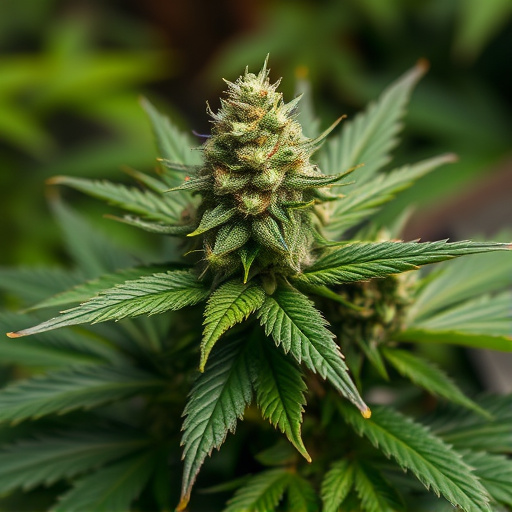
Cannabis flowers, often sought after by enthusiasts for their potent effects and unique aromas, owe their strong smell to their intricate chemical composition. The scent is primarily derived from a group of organic compounds called terpenes, which are responsible for the diverse range of odors in plants. Each jamaican weed strain has its own terpene profile, contributing to distinct aromatic characteristics. For instance, strains known for their skunk-like aroma often contain high levels of myrcene, a terpene linked to sedative and analgesic properties.
Beyond terpenes, cannabis flowers also contain cannabinoids, notably tetrahydrocannabinol (THC) and cannabidiol (CBD), which further influence the plant’s fragrance. The interaction between these chemical components creates the complex bouquet that has captivated users for centuries. This intricate interplay is what makes even the most subtle variations in jamaican weed strains recognizable to experienced consumers.
Terpene Profiles and Scent Characteristics
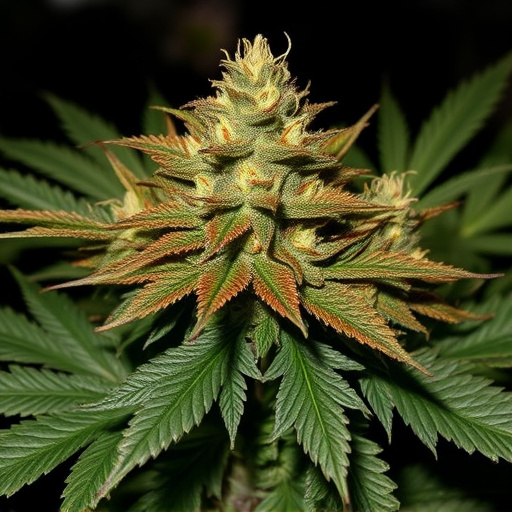
Cannabis flowers emit their potent aroma thanks in part to a diverse range of terpenes, aromatic compounds responsible for the distinct scent characteristics of different Jamaican weed strains. These terpenes are produced by the plant as secondary metabolites, playing a crucial role in attracting pollinators and deterring predators. More than just contributing to the pleasant (or sometimes unpleasantly strong) smell, terpenes can also influence cannabis’ flavor profile and potential therapeutic effects.
Each terpene has its own unique scent, adding complexity to the overall fragrance of Jamaican weed strains. Myrcene, for example, is known for its earthy and musky notes, while limonene offers a bright citrusy aroma. Pinene imparts a piney scent, enhancing the overall freshness. Understanding these terpene profiles allows cannabis enthusiasts to select strains that align with their preferred aromas, providing a more personalized experience.
Jamaican Weed Strains: Unique Aromas and Their Origins
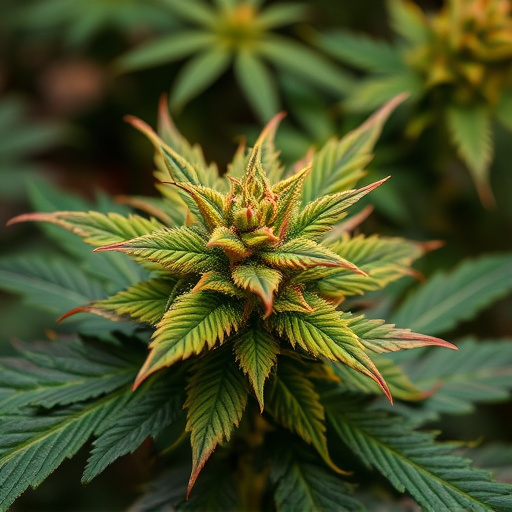
Jamaican weed strains are renowned for their distinct and potent aromas, setting them apart from other cannabis varieties. These unique scents are a result of a combination of factors, including the specific genetic makeup of the plants and environmental influences. Jamaica’s tropical climate, rich soil, and diverse botanical landscape have played a significant role in shaping the distinctive profiles of its cannabis strains.
The island’s diverse ecosystem provides a wide range of terpene profiles, which are responsible for the characteristic smells and potential therapeutic effects of cannabis. Certain jamaican weed strains may exhibit earthy, woody notes with hints of tropical fruits or citrus, creating an intriguing olfactory experience. These aromatic compounds not only contribute to the enjoyment of smoking but also offer potential medicinal benefits, attracting both recreational users and medical professionals alike.
Cannabis flowers emit potent scents due to their intricate chemical composition, with terpenes playing a pivotal role in shaping the diverse aromas we associate with different strains, including the renowned Jamaican weed varieties. These natural compounds not only contribute to the distinct smells but also offer potential therapeutic benefits, making cannabis a subject of fascination for both scientists and enthusiasts alike. Understanding these chemical profiles allows us to appreciate the art and science behind the cannabis experience, from its cultivation to its impact on users.
